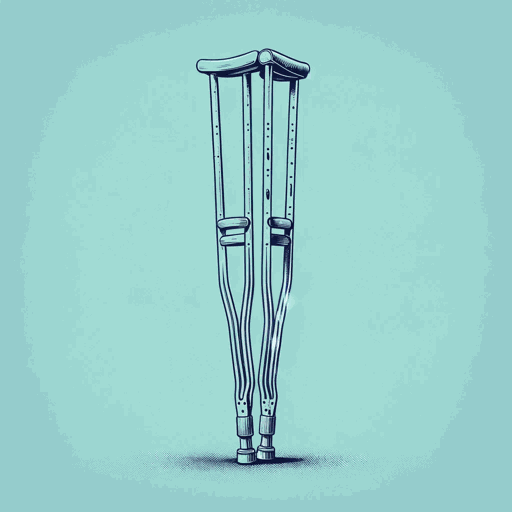35 pages • 1 hour read
James M. CainDouble Indemnity
Fiction | Novella | Adult | Published in 1936A modern alternative to SparkNotes and CliffsNotes, SuperSummary offers high-quality Study Guides with detailed chapter summaries and analysis of major themes, characters, and more.
Important Quotes
“That was how I came to this House of Death, that you’ve been reading about in the papers. It didn’t look like a House of Death when I saw it. It was just a Spanish House, like all the rest of them in California, with white walls, red tile roof, and a patio out to one side.”
(Chapter 1, Page 3)
Huff foreshadows the events of the novel on the first page. This suggests that the narrative is a confessional. Huff doesn’t withhold anything for narrative value and suspense, instead opting to make his confessional plain and upfront. The reader will not be reading to find out what happened—but WHY and HOW it happened.
“I was standing right on the deep end, looking over the edge, and I kept telling myself to get out of there, and get quick, and never come back. But that was what I kept telling myself. What I was doing was peeping over that edge, and all the time I was trying to pull away from it, there was something in me that kept edging a little closer, trying to get a better look.”
(Chapter 2, Page 14)
Huff describes his pull to temptation and darkness, which he imbues with the physical qualities of an actual place, calling it “the deep end.” What Huff tells himself in his head and what he actually does are two very different things. Huff has a conscience to some degree but cannot resist Phyllis’s allure. The femme fatale’s seductive powers are usually made to seem somewhat magical and irresistible in noir novels.
“Maybe I’m crazy. But there’s something in me that loves Death. I think of myself as Death, sometimes. In a scarlet shroud, floating through the night. I’m so beautiful, then. And sad. And hungry to make the whole world happy, by taking them out where I am, into the night, away from all trouble, all unhappiness.”
(Chapter 2, Page 18)
Phyllis rationalizes her actions by claiming that death makes people happier than being alive. Her self-image as an embodiment of Death persists right up to her own death at the end of the novel. Phyllis anthropomorphizes Death as a person that exists “out there,” away from modern life and its sorrows.
Related Titles
By James M. Cain



